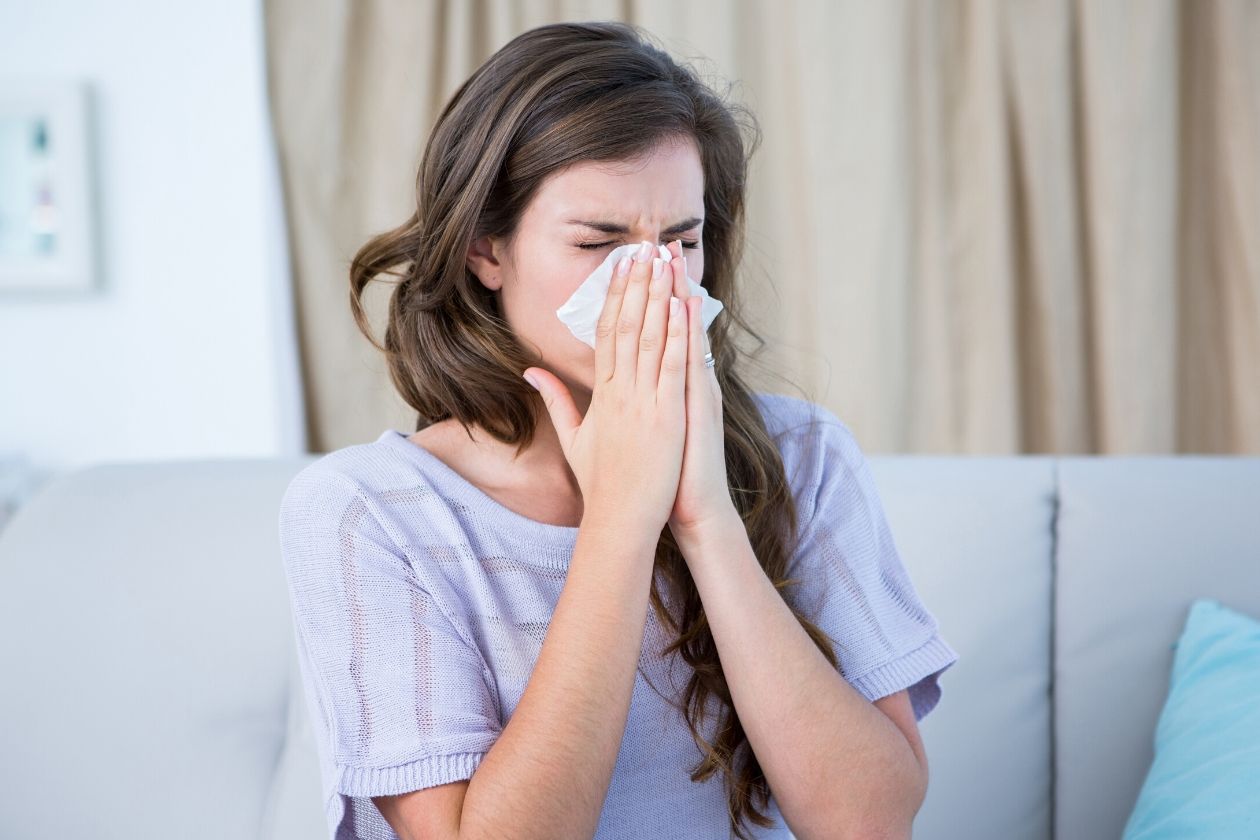As winter winds to a close and spring bounds around the corner, so too do springtime allergies. Typically a time of great beauty, growth, and life, spring can also be particularly troublesome for individuals who suffer from seasonal allergies. In order to enjoy spring to the fullest, you must stay on top of allergy symptoms and nip them in the bud right away. This guide to how to prepare for spring allergy season will help you avoid common allergy triggers and stay one step ahead of your allergy symptoms.
Table of Contents
Pay attention to pollen reports
Pollen is by far the largest trigger for springtime allergies, so pollen reports will be some of your greatest assets during allergy season. Local news stations or papers often share pollen reports, which provide a more in-depth look at the most prevalent allergy triggers in your area. The pollen count varies daily, and some days will be more suitable for outdoor activities. Staying on top of the latest pollen reports will help you plan your daily schedule accordingly so that you won’t be stuck outdoors with a runny nose and itchy eyes.
Start spring cleaning early
One of the best ways to prepare for spring allergy season is to get an early jump on spring cleaning. Mold can be a large contributing factor to springtime allergy symptoms, as can dust and dirt. Taking the time to thoroughly clean and air out your house prior to the onset of allergy season will set you up for optimal success when the pollen finally comes out in full force. Clean carpets, furniture, bedsheets, and curtains, as these tend to hold onto dust and dirt the longest. Dusting your house regularly and tending to indoor plants will also help reduce the number of allergens in the air.
Keep indoor air clean
When pollen counts are through the roof, sometimes the best thing you can do is stay indoors. To further reduce the impact of your allergy triggers, even when you’re shut away indoors, be sure to take all the necessary measures to keep your indoor air quality clean. Cleaning or replacing air filters is a relatively simple task that will ensure the air circulating through your home is dirt-, dust-, and allergen-free. Decorating your home with indoor plants can also help purify your home’s air quality while adding a bit of life and color to the space. If you do plan to decorate with plants, however, be sure to tend to them regularly. Poorly maintained plants are more likely to die, and they can begin to grow mold, which will worsen spring allergy symptoms.
See an allergist
As a final act of preparedness, scheduling a visit with an allergist may be in your best interests. Allergists specialize in diagnosing and treating the symptoms of springtime allergies. Since allergy symptoms and triggers can vary greatly from person to person, an allergist can provide you with a better understanding of how to treat your individual symptoms. They’ll also be able to provide further advice for how to prepare for allergy season and more concrete treatment options for your specific symptoms.




